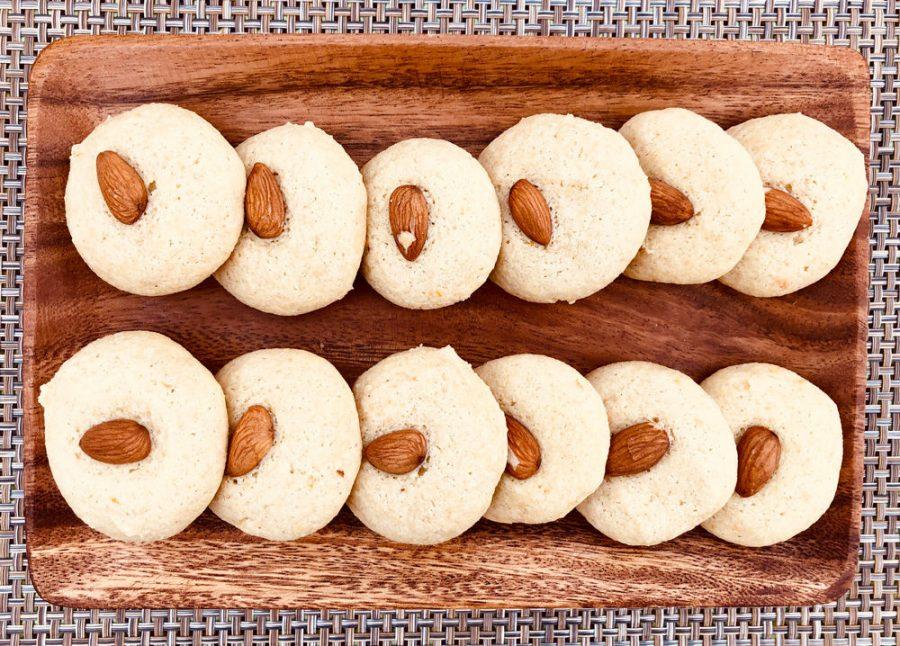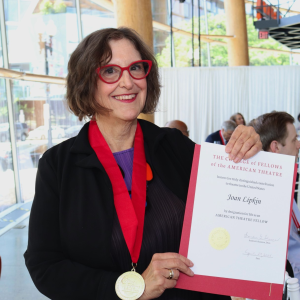Try some tastes from Iraq this Purim
Published March 14, 2019
Each of us is obligated to fulfill four Purim mitzvot: reading or listening to a reading of the Megillah (the Book of Esther); sending gifts of food to our friends and neighbors (shalach manot); giving gifts to the poor; and taking part in a Purim seder, or feast.
And while it is prescribed that the drinking of wine be a necessary component of that feast, eating hamentaschen is not. Hamentaschen are simply an Ashkenazi tradition that originated in Europe and came to the United States with the first wave of Jewish immigrants. Here in America, hamentaschen on Purim has become the equivalent of matzah on Passover. But that is not so for many Jews from other parts of the world.
The Sepahrdic Jews of Spanish origin have their Purim biscochos, which are sesame seed-topped citrusy cookie rings with cut edges. For Middle Eastern Jews, their Purim pastry of choice is ma’amoul, which are intricately decorated cookies filled with a walnut-date paste. Italian Jews enjoy Haman’s ears, which are pieces of fried citrus and brandy-flavored pastry dough. And for our French brothers and sisters, a popular Purim pastry are palmiers, which are crispy, coiled sugar cookies made from puff pastry and believed to resemble Haman’s misshapen ear.
In Iraq, where Jews lived after the destruction of the First Temple until June 1950, when the last Jews were airlifted out as part of the secret Israeli Operation Ezra, Purim was a particularly joyous holiday. Unlike here, Iraqi Jews didn’t don costumes, didn’t drown out Hamen’s name with noisemakers and didn’t eat hamentashen. Purim was their gift-giving holiday, much like Hanukkah is for American Jews. Iraqi families either hosted and/or attended successive parties during the holiday. And their festive menus featured these traditional Purim foods: Sambusak el Tawa, Hadgi Badah and Boyoja Ungola Di-Purim.
Sambusak el Tawa are puff-pastry turnovers stuffed with an herby garbanzo bean filling, deep-fried or baked, and sprinkled with sesame seeds. The turnovers recall the vegetarian diet that Esther maintained while queen to the Persian King Ahasuerus. And because the filling is entirely hidden, Sambusak also symbolize the secrets kept by Queen Esther and her Uncle Mordechai, secrets that ultimately saved the Jews of Persia from their demise.
Hadgi Badah is a deliciously light cookie, similar to a macaroon and made with white and almond flour. Each cookie is decorated with one whole almond. The cookies get most of their unusual flavor from cardamom, a unique spice that is sweet, spicy and aromatic. Though cardamom originated in India, it became a popular spice in both sweet and savory foods throughout the Middle East.
And lastly, the Jews of Iraq enjoy Boyoja Ungola Di-Purim, a rich circular egg bread much like our Sabbath challah. Unlike challah, however, this bread is not braided. This funny-looking round bread gets its unique character from the two hardboiled eggs that are embedded in the center and held in place by strips of dough that form an “X” over each egg. The eggs that bulge out from the baked bread symbolize Haman’s eyes.
Whether or not you make a batch of classically delicious hamentashen this year, consider borrowing from the rich culinary traditions of Iraqi Jews. Prepare one of the recipes below for a new Purim experience.
Chag Sameach!
Margi Lenga Kahn is the mother of five and grandmother of six. A cooking instructor at the Kitchen Conservatory, she is working on a project to preserve the stories and recipes of heritage cooks. She welcomes your comments and suggestions at [email protected].















